What makes a VBAC “successful”? Part 2
We’re back with part 2 of our VBAC series. Part 1 shared some helpful providers who are strategic in the support of having a Vaginal Birth After Cesarean (VBAC). Today, we focus on some other key areas for achieving your VBAC.
Explore and know the difference between the terms TOLAC and VBAC. A Trial of labor after cesarean (TOLAC) is simply a planned or attempted VBAC by a woman who has had a prior C-section. A TOLAC becomes a VBAC upon a successful vaginal delivery. This is important because you will want a provider that is VBAC-friendly and not just VBAC tolerant. VBAC-friendly providers are supportive of minimizing intervention unless there is a good medical reason to do so.
It’s wise to include intentional movement into your day throughout your pregnancy. A good target is 30-40 minutes a day of exercises such as walking, hip circles and stretches on a birth ball, and yoga. Swimming is also an excellent form of exercise and has a bonus benefit of relaxing the pelvis. The weightlessness one experiences in water can be a welcome feeling of relaxation as pregnancy advances.
Your posture during pregnancy can also set the stage for your baby’s position in your pelvis. Many women sit at a desk for multiple hours per da, which can restrict pelvic space when hunched over and/or slouching. Some helpful tips for opening the space in your pelvis are sitting stable on your sitz bones while in a firm chair, having your shoulder blades touching the chair back, and keeping your feet firmly on the floor are all good ways to ensure you’re not compressing the space in your pelvis. Remember to change positions often, stretch out your legs, and increase blood flow with short walks or movements.
SpinningBabies.com is a resource many birth workers and providers use to help keep balance in your pelvis and create space for babies position. There are Daily Essentials that are helpful for movement as well as position recommendations for rest, labor, and pushing. We at Maryland Birth Services, encourage our clients to become acquainted with these positions and techniques early in your pregnancy and begin them when appropriate.
Check back soon for our next installment in our VBAC series.
If you have specific questions or concerns, please do not hesitate to reach us on our Contact page.




